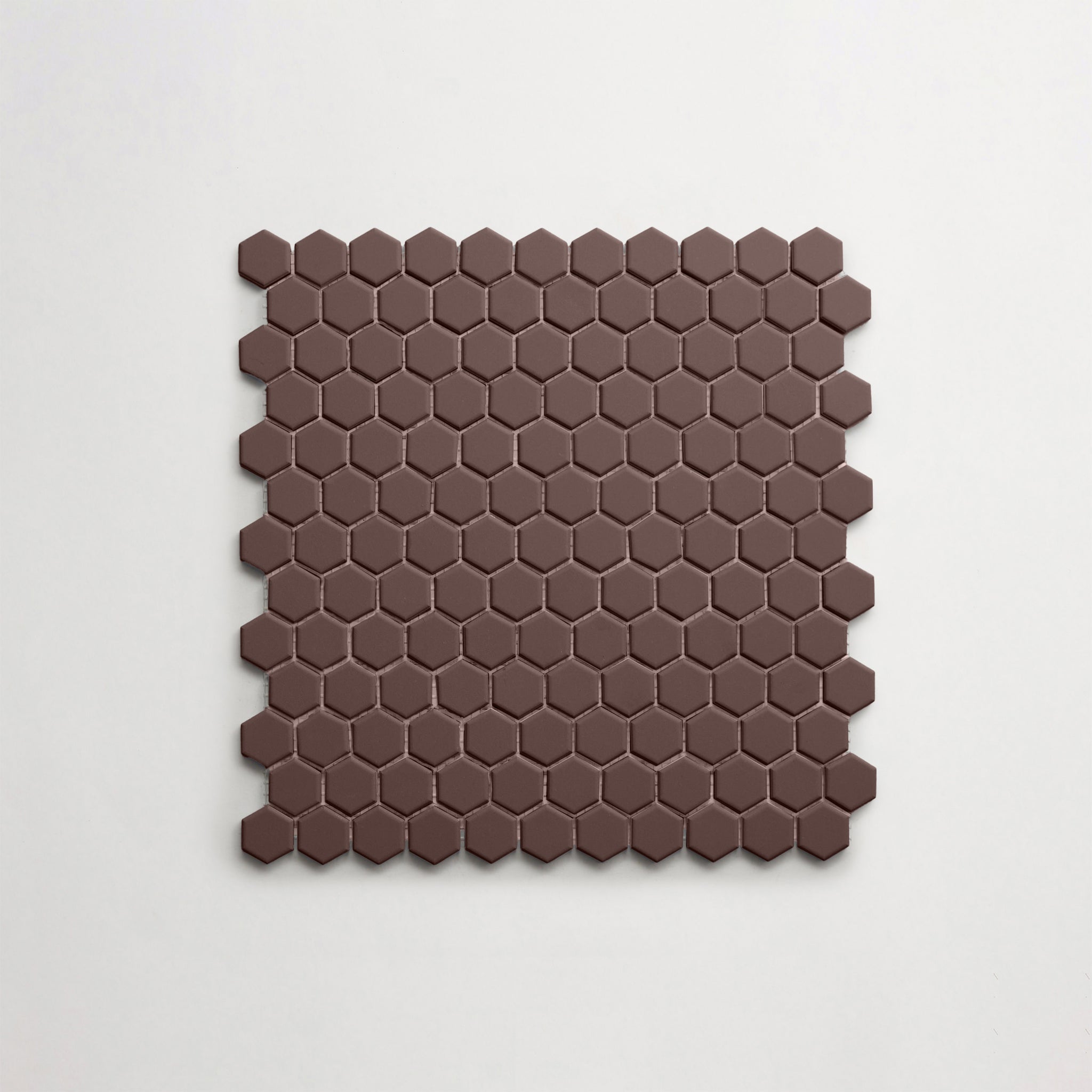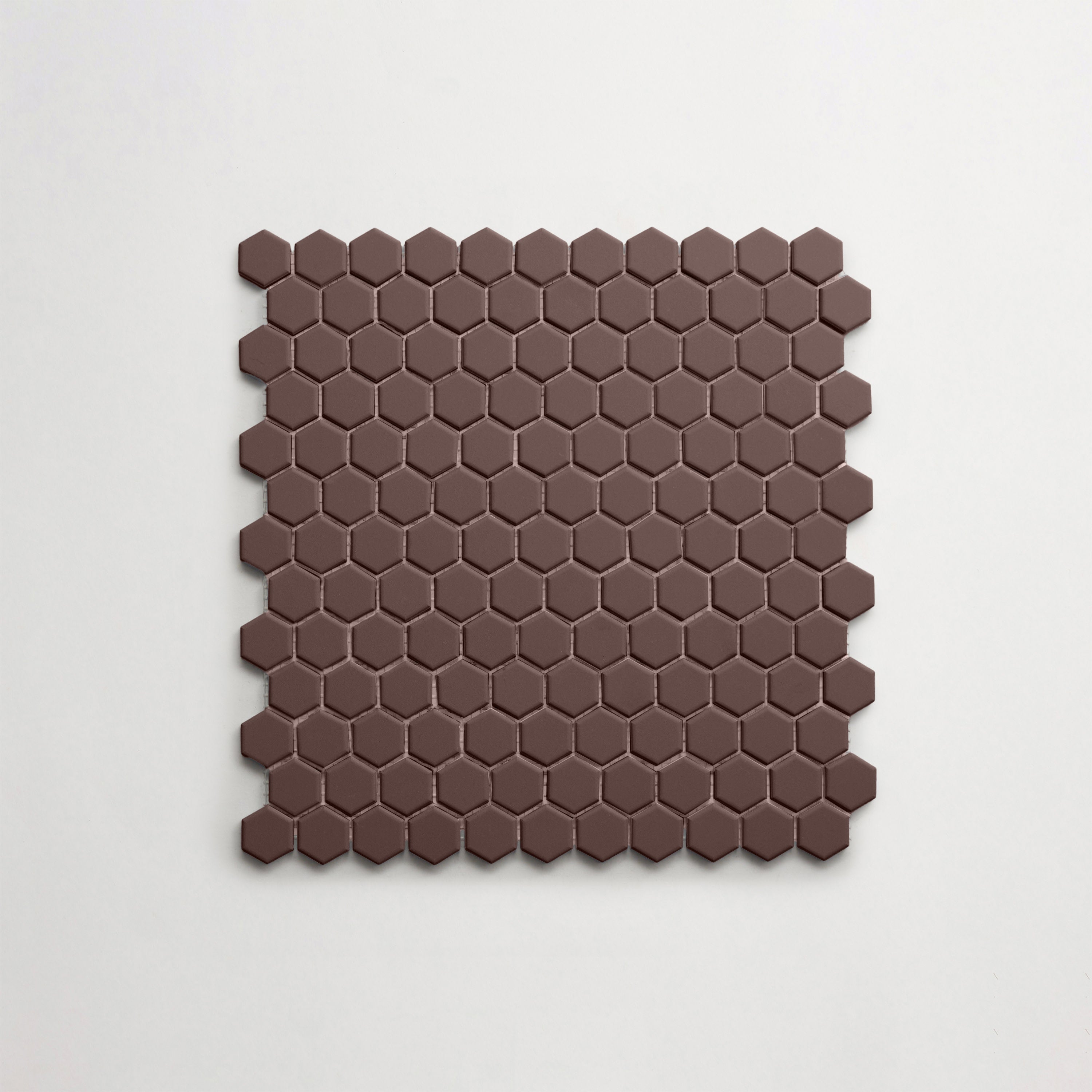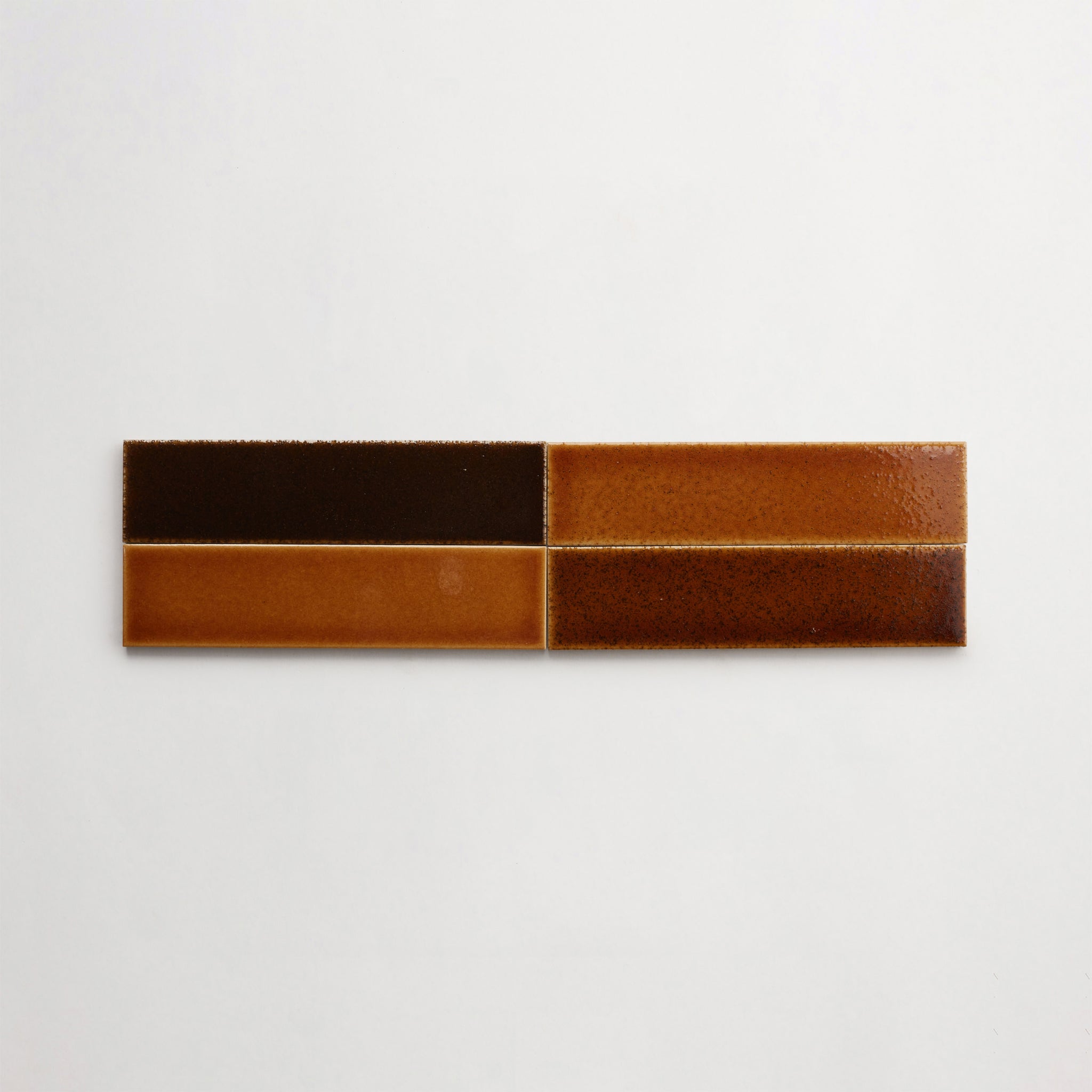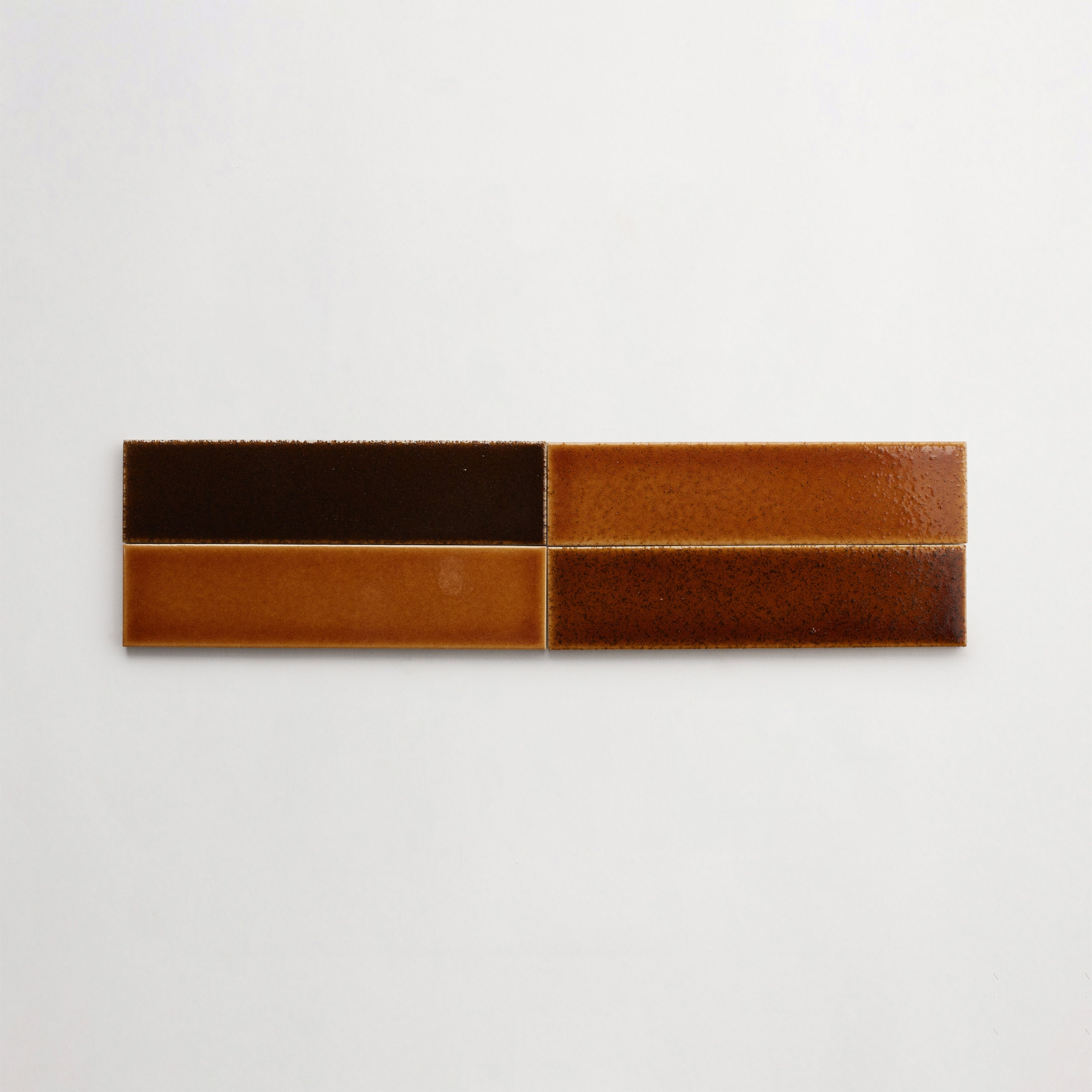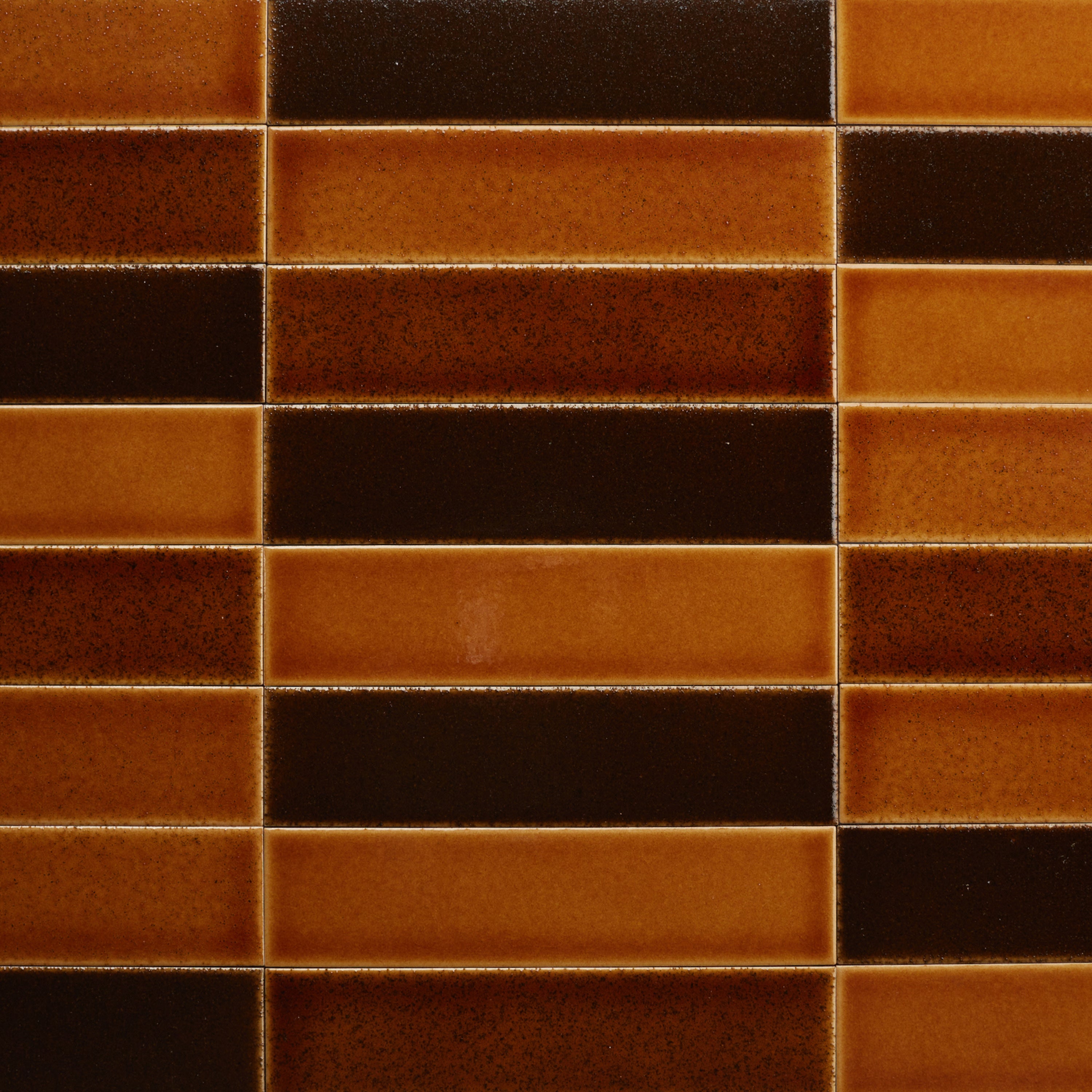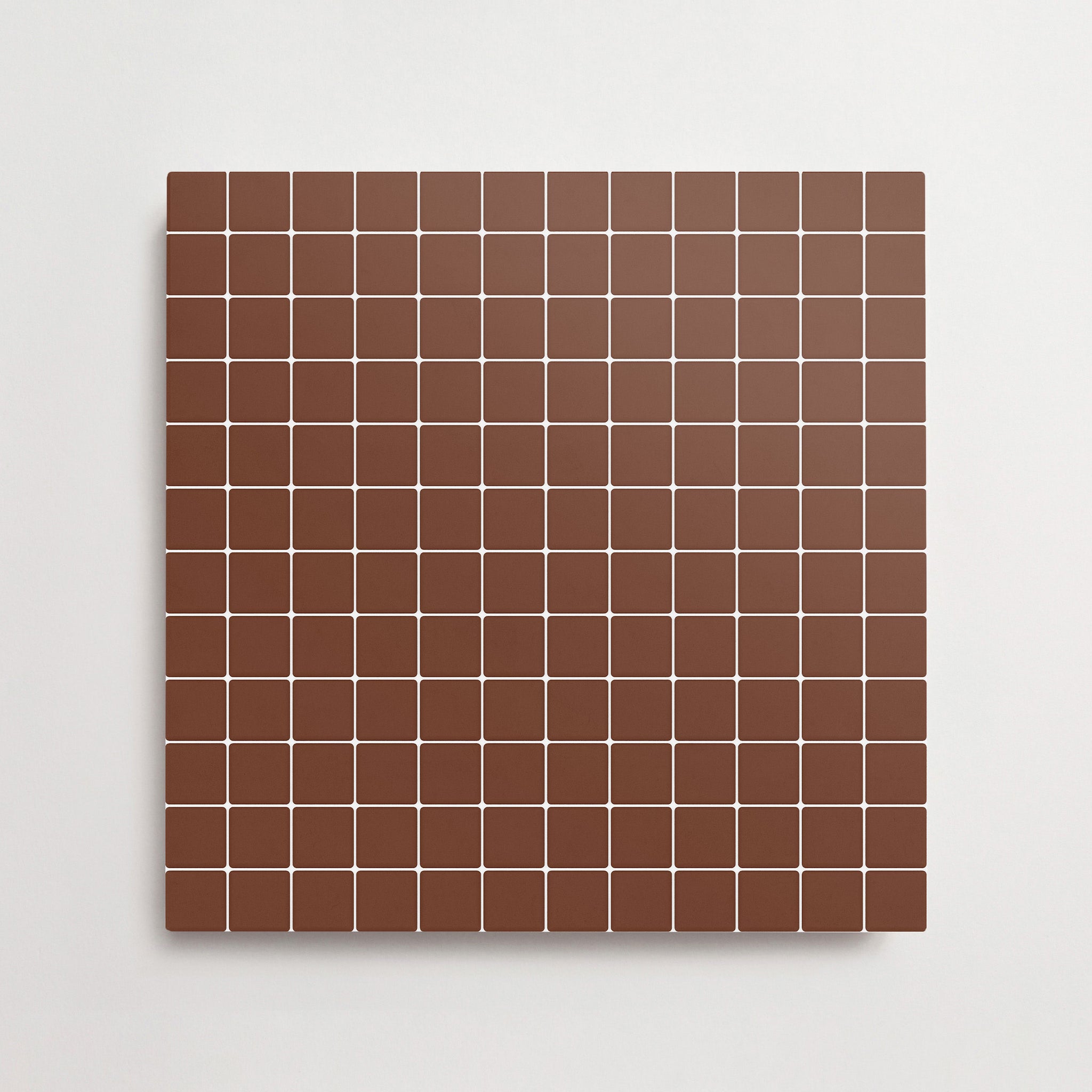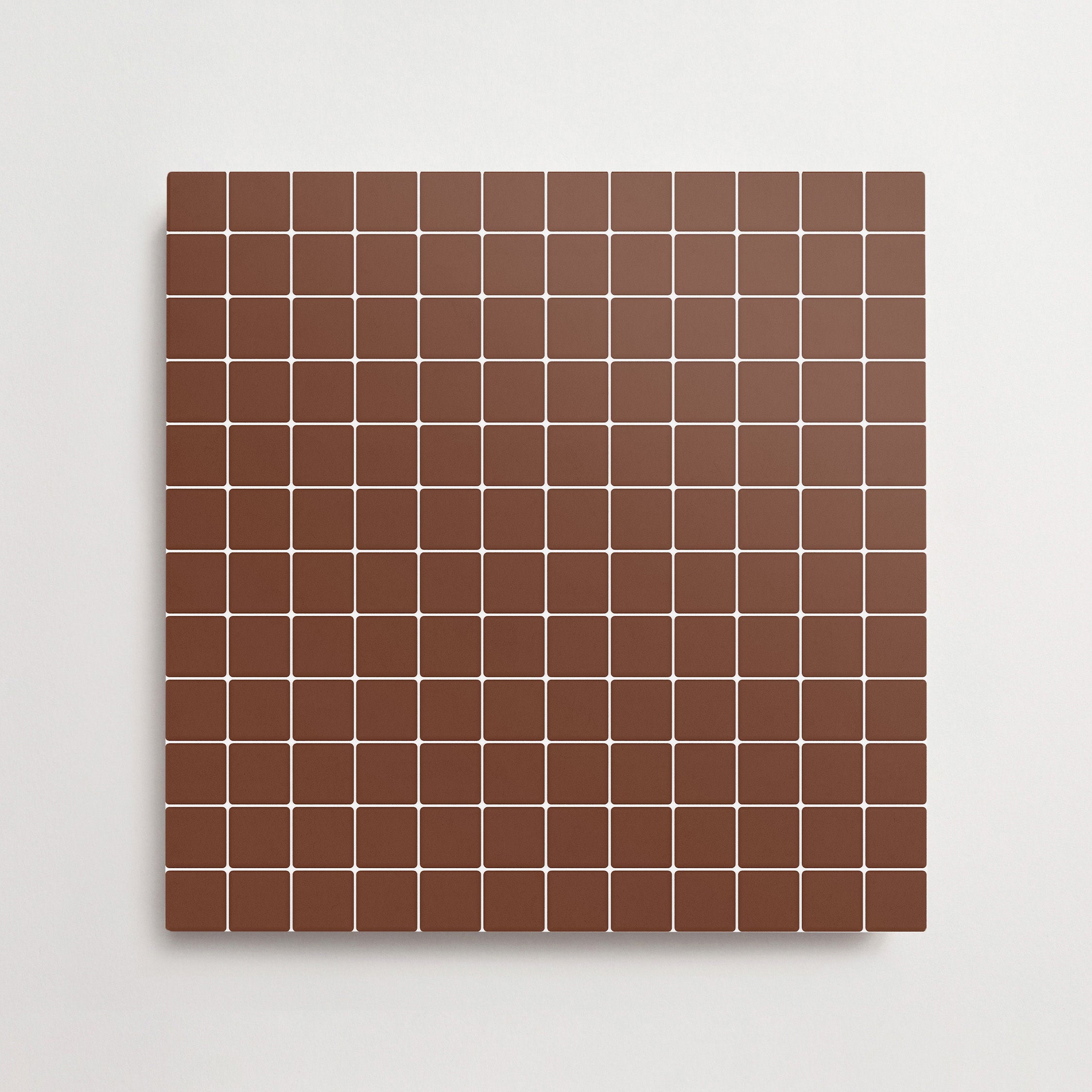your shopping cart is empty.

Dzek + Formafantasma: ExCinere, 2x8" Cigar, Terra Bundle, Gloss. Photo courtesy of Ben Richards.
The Pros & Cons of Using Porcelain for Outdoor Countertops
Outdoor kitchens are a defining feature of modern exterior design projects — but specifying the right countertop material can be frustrating. Many mass-produced tiles on the market lack the durability, design integrity, and longevity required for outdoor performance. That’s where porcelain stands apart.
This piece explores the advantages and disadvantages of porcelain outdoor countertops, along with design inspiration, care guidance, and product recommendations from our very own expertly curated tile collections.
Advantages of Using Porcelain in Your Outdoor Kitchen
Porcelain tile continues to be a solid choice for designers and architects who value performance and refined aesthetics in equal measure. As a dense, low-porosity material, porcelain is engineered to withstand exterior environments that challenge most surfaces — especially when temperatures, moisture, and UV exposure come into play.
Below, we’ll explore the primary reasons that porcelain countertops for outdoor kitchens have become one of the best choices for long-term durability and design versatility.
Temperature Resistance
Porcelain is remarkably stable under both cold and hot conditions. Because it is fired at extremely high temperatures during manufacturing, it naturally resists thermal expansion and contraction. That means the countertop won’t crack or warp when exposed to higher temperatures near a grill or under direct sunlight, nor will it suffer from frost damage in colder months.
For projects in climates with temperature fluctuations, porcelain tile outdoor kitchen countertops maintain their form and finish longer than many alternative materials, including certain natural stones and concrete options.
Durability
When properly made and installed, porcelain is among the most durable types of tile out there for exterior countertops. Its dense composition helps it resist scratching, etching, and weather-related wear, even in high-traffic outdoor kitchens. Porcelain’s hardness also allows for a thinner profile than other materials, which can be useful in achieving a sleek, contemporary aesthetic.
While other materials like terrazzo, cement, and standard ceramic tile are beautiful, porcelain’s strength makes it an excellent choice when durability is a priority.
Ease of Cleaning
Simple maintenance is one of porcelain’s most compelling features. Its non-porous surface naturally repels dirt, grease, and organic matter, making post-entertaining cleanup fast and straightforward. Unlike unsealed stone, it doesn’t require periodic resealing, either. A simple wipe-down with a pH-neutral cleaner and soft cloth is typically all that’s needed to restore the countertop’s surface.
For outdoor kitchens that see frequent use, this low-maintenance quality helps preserve the countertops’ beauty and function over time.
Aesthetic Versatility
Porcelain tile is available in a variety of colors, finishes, and shapes and sizes, allowing for design expression across many outdoor kitchen styles. From subtle matte tones to high-gloss surfaces that reflect natural light, the material adapts beautifully to contemporary, rustic, and minimalist spaces.
That said, it’s worth noting that natural stone varieties such as travertine, marble, and limestone tend to offer greater inherent variation in pattern and tone. If a uniform look isn’t what you or your client are after, you may want to reference our rundown of outdoor kitchen countertop materials and explore curated collections that balance artistry and performance.
Stain Resistance
Because porcelain is non-porous, stains from wine, sauces, or oils have little chance of penetrating the surface. This makes it an especially perfect choice for outdoor entertaining areas where food and drink spills are inevitable.
This stain resistance extends to environmental contaminants as well, such as pollen, leaves, or bird droppings, which can be wiped away without leaving residue. For high-use countertop zones, this resilience preserves color consistency and reduces the need for abrasive cleaning methods.
Downsides to Using Porcelain For Outdoor Countertops
Despite its many advantages, porcelain isn’t a universal solution. Designers and architects should be aware of certain limitations before specifying it for a project. The following considerations will help balance performance benefits with realistic expectations about installation, maintenance, and cost.
Higher Cost
Porcelain’s initial expense can be higher than some alternatives because of how it’s made and installed. (With tile, we always recommend partnering with a highly skilled tile setter.) The cutting process requires diamond blades and professional handling, and edges must often be mitred to create a seamless finish.
That said, these upfront costs are typically offset by the material’s extended lifespan. Since porcelain resists fading, weathering, and cracking, it often proves to be a more affordable long-term investment compared to surfaces that need frequent refinishing or replacement.
Chipping Risk
Although porcelain is exceptionally hard, its edges can be brittle if not engineered or installed properly. Any impact on sharp corners can cause small chips. Partnering with skilled installers and having them use protective edge profiles can mitigate this risk. When installed with a skilled hand, porcelain countertops perform exceptionally well under everyday use and maintain their structural integrity for years.
Repair Difficulty
In the rare event that damage occurs, repairs can be challenging. Because porcelain tiles are fired in specific production batches, sourcing an exact color and finish match later may prove difficult. This is especially true for custom sizes or finishes. For this reason, it’s always wise to include about 15% overage when ordering tile for your project. That way, you and your client will have extra tiles from the original batch to have on hand for future repairs.
The unique design and batch variation that make our porcelain collections special also make them less straightforward to patch-replace — but it’s well worth the aesthetic payoff.
Design Ideas for Porcelain Countertops in Outdoor Spaces—and Where to Buy Them
Porcelain tile offers plenty of creative potential for outdoor kitchens, from modern minimalism to organic warmth. Consider these ideas for your next project.
- Monolithic design: Use large-format porcelain slabs to create a continuous countertop and waterfall edge that blend seamlessly with surrounding surfaces.
- Mixed material palette: Pair porcelain with textured stone pavers for contrast. We even have an inspiration guide on outdoor porcelain tile ideas which includes more combinations.
- Refined rustic: Choose matte-finish porcelain in neutral tones to complement wood cabinetry or plaster finishes.
- Cohesive flooring integration: Extend the same porcelain tile from countertop to patio for visual continuity. This is similar to what we explore in our article on best flooring for outdoor patio projects.
For designers and architects seeking premium porcelain tiles and slabs, our curated collections deliver the craftsmanship and aesthetic integrity that mass-produced materials simply cannot replicate.
How to Care for Porcelain Outdoor Countertops
Porcelain’s maintenance requirements are refreshingly minimal, but consistent care will keep surfaces pristine for the life of the project. When specifying porcelain tile for your projects, it’s important to communicate any care and maintenance guidelines to your client. (These can typically be found on the tile’s product page, under technical specifications or material guidelines.)
In general, to clean porcelain countertops:
- Wipe spills promptly using a soft cloth or sponge and a pH-neutral cleaner.
- Avoid acidic or alkaline chemicals that could compromise the finish.
- Rinse the tile thoroughly with water and dry with a microfiber towel.
- For stubborn marks, use a non-abrasive pad and mild detergent.
- Never use steel wool or harsh abrasives, as they can scratch the surface.
- Periodically check joints and grout lines for debris buildup.
With these simple steps, porcelain countertops retain their appearance and structural performance season after season, requiring far less intervention than many natural materials.
Conclusion
For an outdoor kitchen design that demands longevity, resilience, and clean-lined aesthetics, porcelain remains an excellent choice. Its resistance to stains, temperature extremes, and daily wear makes it one of the most reliable materials for exterior countertop surfaces. While the upfront cost and repair challenges merit consideration, these are far outweighed by porcelain’s long-term value and design consistency.
Our porcelain offerings lend both beauty and performance to outdoor projects, and every tile meets the highest standards of craftsmanship. Whether you’re designing a contemporary terrace kitchen or a coastal cooking area, our collections provide a foundation of enduring elegance.
Frequently Asked Questions About Porcelain Outdoor Countertops
Here are some of the most common questions we see about porcelain outdoor countertops.
What are Porcelain Countertops for Outdoor Spaces?
Many who are new to the design space ask: What are porcelain countertops for outdoor spaces? Porcelain countertops are made up of dense, high-fired porcelain tile that has been engineered for exterior durability. They resist water absorption, UV damage, and heat, making them ideal for outdoor kitchens, dining areas, and prep zones. Porcelain is available in many different colors, finishes, and sizes to accommodate diverse design needs.
Where Can You Buy Premium Porcelain Tiles Online?
For design professionals seeking architectural-grade porcelain, we offer an unparalleled selection of porcelain tile — in colors, shapes, and sizes that are all suitable for outdoor applications. See our article that answers the question can porcelain tiles be used outside? to learn more about porcelain’s exceptional performance standards and get a taste of our tile offerings.
-
Family Crest
-
Lido
:
-
Acquiterre
-
4
" x
-
4
" x
-
⅛
"
-
sqft
/
$
-
Terra
-
Dzek + Formafantasma
:
-
ExCinere
-
8
" x
-
8
" x
-
⅞
"
-
sqft
/
$
-
Cool Cordovan
-
Lido
:
-
Piatta
-
4
" x
-
16
" x
-
⅝
"
-
sqft
/
$







